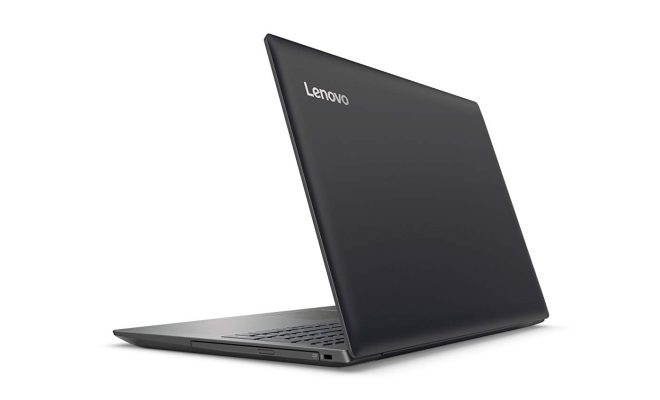The Fundamentals of an Ethernet LAN, Explained

Ethernet Local Area Networks, commonly referred to as Ethernet LANs, are widely used in modern networking systems. They are essential for connecting computers, servers, printers, and other networked devices to create a local area network. Ethernet LAN provides an online platform for users to share data, voice, and other multimedia content.
This article seeks to explain the fundamentals of an Ethernet LAN, including its features and operating principles.
Ethernet LAN is a system of interconnected devices that utilize Ethernet protocols to communicate. These protocols define the rules of engagement for devices on the network. Ethernet LAN protocols stipulate how devices communicate, the data format they use, and the device speed and performance.
Ethernet LAN systems depend primarily on a network switch. This switch is responsible for managing and routing data traffic and coordinates the transfer of data packets between network devices. The switch acts as a traffic controller, making sure data traffic flows efficiently and reaching its destination.
Typically, Ethernet LAN comes with a standard Ethernet cable that connects devices to the switch. This cable is the primary physical medium for transmitting data across Ethernet networks. Ethernet cables are widely available and come in various specifications, including Cat 5e, Cat 6, and Cat 7.
Ethernet LAN runs on wired rather than wireless communication protocols. A wired connection ensures more reliable and faster data transmission speeds between devices. For example, Ethernet LANs are capable of transmitting data at speeds of up to 100 mbps, 1 gbps, or even 10 gbps, depending on the specific configuration.
In addition, Ethernet LAN supports a unique addressing system. Each device connected to the network has a unique Media Access Control (MAC) address. This address is used to identify individual devices and facilitate communication over the network.
Ethernet LAN protocols also define collision detection and resolution mechanisms. Collisions occur when two network devices try to transmit data at the same time. Ethernet LAN employs the Carrier Sense Multiple Access with Collision Detection (CSMA/CD) mechanism to handle these collisions. This protocol directs the devices at each end of the collision to wait for a predetermined duration before trying to transmit data again.
Finally, Ethernet LAN allows for simplified network management. Administrators can use the Simple Network Management Protocol (SNMP) or other network monitoring tools to manage their Ethernet LAN networks. SNMP allows administrators to monitor network device performance, configuration, and security.
Conclusion
Ethernet LAN is a fundamental networking technology that offers critical connectivity among devices in local area networks. The system utilizes Ethernet protocols, switches, cables, and addressing mechanisms to facilitate the transfer of data between networked devices. Ethernet LAN offers faster and more reliable connectivity, addressing system redundancy measures, collision detection, and streamlined network management. With its essential role in today’s modern networking systems, understanding the fundamentals of Ethernet LAN is essential for network administrators and IT professionals.




